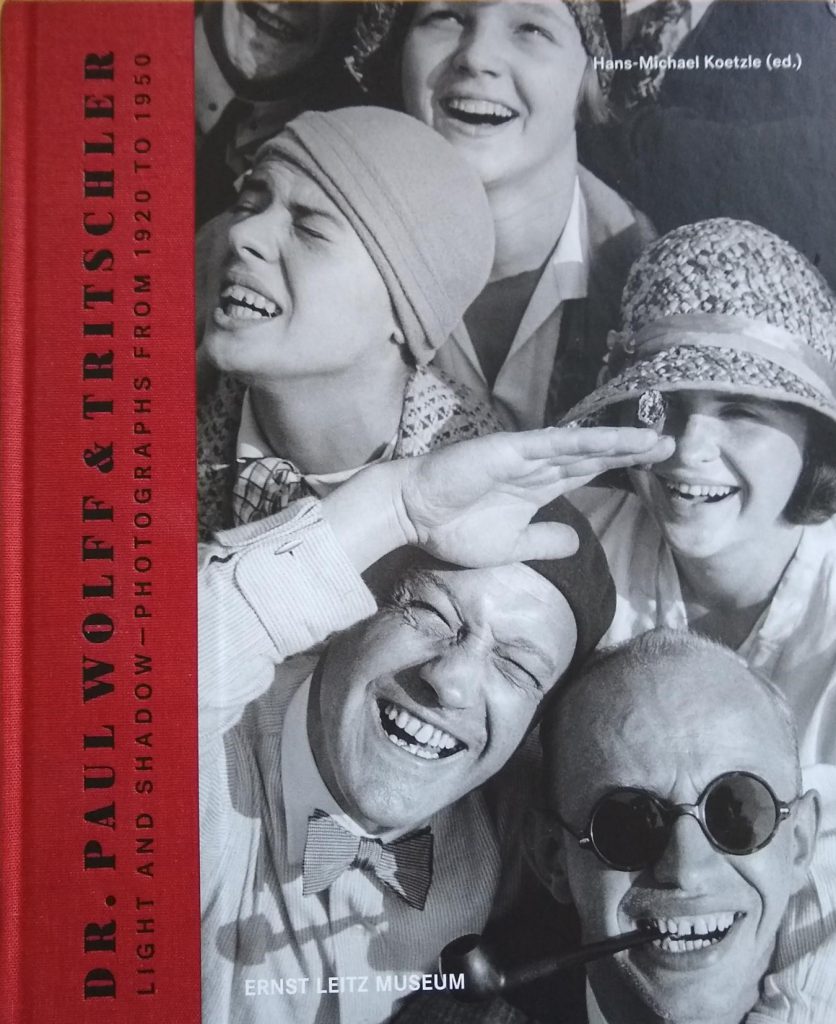Ernst Leitz Museum Wetzlar Paul Wolff Alfred Tritschler Light Shadow Photographs Nürburgring
This page conveys a brief idea of projects by Paul Wolff and his assistant Alfred Tritschler.
Dr. Paul Wolff & Tritschler. Light and Shadow – Photographs from 1920 to 1950. © 2019 Kehrer Verlag Heidelberg Berlin, authors, artists and photographers [and translator]. ISBN 978-3-86828-881-0
Published at Kehrer Verlag. Editor Hans-Michael Koetzle. Translator Alexandra Cox. The respective word count in the book is indicated for each essay (for reasons of concision, I omit the endnotes, but they are included in the word count).
Ernst Leitz Museum Wetzlar
From: All His Pictures Have Something Light
Dr. Paul Wolff – Observations on Work and Life
by Hans-Michael Koetzle. Translated from German by Alexandra Cox.
30,063 words
We can perform only a fragmentary reconstruction of what exactly Wolff photographed in the years prior to 1927—the commencement of his now systematically documented work with the Leica. He was still working on plate, a stock which—as mentioned—was largely destroyed in the war. As were, likewise, inventories, address books, and all manner of documents. Noteworthy publications in the illustrated press emerged only toward the end of the decade. His books remain, but these mirror only a part of the photographic yield. For instance, his large-scale documentary, begun in 1925, on the construction of the Nürburgring remained essentially unprinted. Merely a handful of vintage prints, which have recently come to light, along with a passage in his self-authored biography, lead us onto the trail of a probably extensive series that must have kept Wolff occupied for an extensive period from 1925. As Wolff writes, the assignment had reportedly come from the topmost construction management and the state parliament. The task was to “photograph and film the route’s construction, from the initial planning and deforestation through to the inauguration of the finished race track.” In this case, plate meant “an enormous 13x18cm camera with six wooden double cassettes”, as well as cassette box and tripod. “Very cumbersome”, was Wolff’s verdict on the work: “From Adenau, the construction management’s office, I had to climb up hill and down dale to the construction sites, carrying heavy photographic baggage. There were not yet any drivable roads, only forest paths and forest lanes, which were in a wild state.” From 1927, Wolff had the support of Alfred Tritschler, who had just joined him but, however, had returned “from this work that was totally alien to him with a very morose expression”, as Wolff writes, “not only on account of the physical strains, which, after all, were much easier for him to overcome as a much younger person of 22, but he was evidently feeling the absence of any stimulating momentum. Here, in dirt and mud, on impenetrable forest paths, there was not really much that lived up to his vision of photography. The construction market wanted unadorned factual reports, good sharp photographs, nothing more.”
Nürburgring Ernst Leitz Museum Wetzlar
(… …)
Click on the poppy for more on Dr. Paul Wolff’s Projects from:
Dr. Paul Wolff & Tritschler. Light and Shadow. Publisher Kehrer Verlag. Editor Hans-Michael Koetzle. Translator Alexandra Cox![]()

